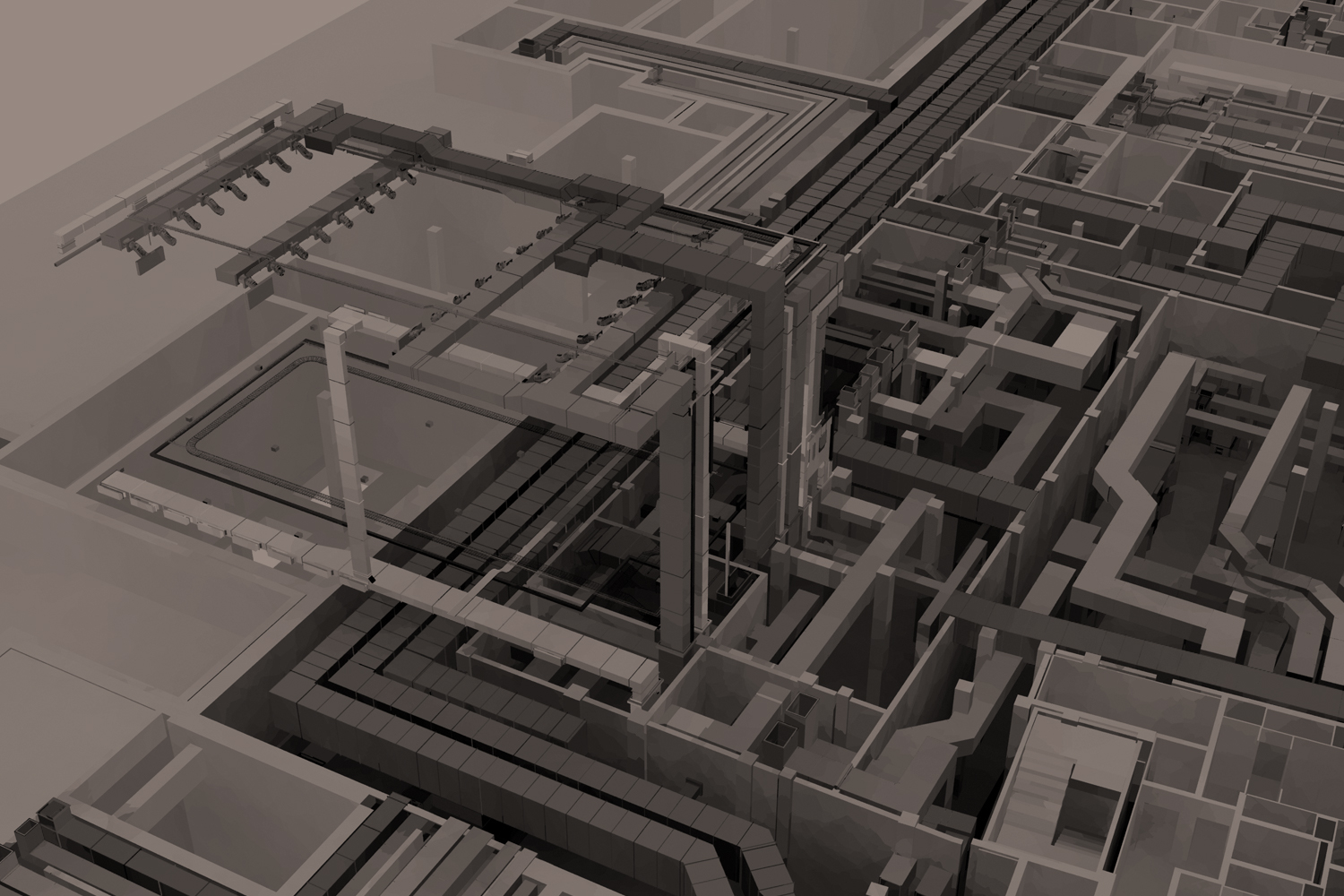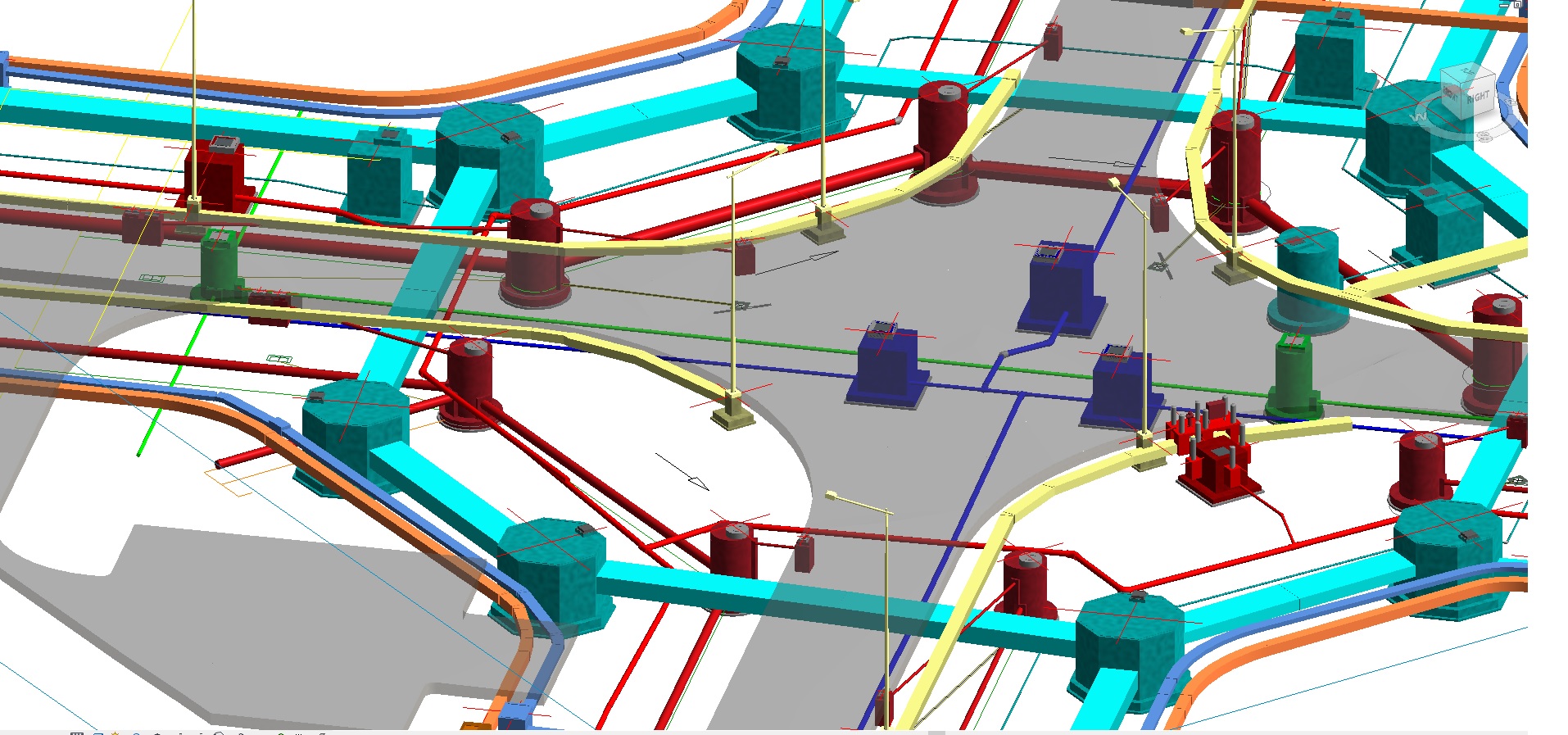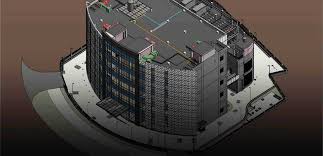In the dynamic landscape of modern urban development, high-rise projects have become iconic symbols of progress and innovation. Behind the towering facades and intricate designs lie the complexities of architectural engineering, a discipline that plays a pivotal role in ensuring the structural integrity, functionality, and sustainability of these skyscrapers. This blog explores the profound importance of Architectural engineering consultants in high-rise projects, shedding light on the intricate balance between design aspirations and engineering precision.
Defining Architectural Engineering Merging Art and Science
Architectural engineering is a multifaceted discipline that merges the principles of architecture and engineering. It involves the application of engineering principles to the design and construction of buildings, with a particular emphasis on structural integrity, building systems, and environmental considerations. In high-rise projects, where every aspect is magnified in scale and complexity, the role of architectural engineering becomes even more critical.
Structural Integrity the Backbone of High-Rise Buildings
High-rise buildings are engineering marvels that defy gravity, and their success hinges on structural integrity. Architectural engineers meticulously analyze and design the framework that supports the entire structure, considering factors such as wind loads, seismic forces, and gravitational stresses. The choice of materials and construction techniques is a delicate balance between strength, flexibility, and weight, ensuring that the building can withstand both static and dynamic forces.
Systems Integration and Coordination beyond the Ground Floor
Architectural engineering consultants extends beyond the visible elements of a building. It encompasses the integration of complex systems that ensure the functionality and efficiency of high-rise structures. This includes HVAC (Heating, Ventilation, and Air Conditioning), electrical, plumbing, fire protection, and other building systems. Coordination among these systems is crucial to maintaining occupant comfort, safety, and operational efficiency throughout the entire building, from the ground floor to its towering heights.
Environmental Considerations Sustainability in the Sky
As sustainability becomes a focal point in contemporary construction, architectural engineering plays a vital role in implementing eco-friendly practices in high-rise projects. This involves optimizing energy efficiency, incorporating renewable energy sources, and designing systems that reduce the environmental impact of the building. The goal is to create high-rise structures that not only stand tall but also stand as responsible contributors to a sustainable future.
Wind Engineering Battling the Forces of Nature
In the realm of high-rise projects, wind becomes a significant force that can impact both the structural stability and occupant comfort. Architectural engineers employ wind tunnel testing, computational fluid dynamics, and other advanced techniques to analyze and mitigate the effects of wind on tall structures. This ensures that high-rise buildings are not only aesthetically pleasing but also resilient against the forces of nature.
Safety and Code Compliance Protecting Inhabitants and Investments
High-rise buildings must adhere to stringent safety codes and regulations. Architectural engineers are responsible for designing structures that meet or exceed these standards, ensuring the safety of occupants and the longevity of the building. This includes considerations for fire safety, emergency evacuation plans, seismic resilience, and compliance with local building codes. The importance of these factors cannot be overstated, especially in densely populated urban environments.
Advanced Materials and Technologies Pushing the Boundaries
Architectural engineering in high-rise projects involves staying at the forefront of material science and construction technologies. Engineers explore advanced materials that offer higher strength-to-weight ratios, durability, and innovative aesthetic possibilities. Additionally, cutting-edge construction methods, such as prefabrication and modular construction, are employed to streamline the building process and enhance overall project efficiency.
Aesthetic Considerations Marrying Form and Function
While structural integrity and functionality are paramount, architectural engineering also plays a crucial role in realizing the aesthetic vision of high-rise projects. Engineers collaborate closely with architects to ensure that the structural elements enhance rather than hinder the overall design. This delicate balance between form and function is a testament to the interdisciplinary nature of architectural engineering.
Technological Innovations the Role of Digital Twins
In the era of digital transformation, architectural engineering is leveraging technological innovations such as digital twins. Digital twins are virtual replicas of physical buildings that enable engineers to simulate and analyze various scenarios. This technology allows for real-time monitoring, predictive maintenance, and performance optimization, offering unprecedented insights into the behavior of high-rise structures throughout their lifecycle.
Project Management and Collaboration Orchestrating Success
High-rise projects involve intricate coordination among diverse teams, including architects, structural engineers, MEP engineers, contractors, and project managers. Architectural engineering serves as the linchpin that unites these professionals, ensuring that the design intent is faithfully translated into a structurally sound and functional reality. Effective project management and collaboration are essential for navigating the complexities inherent in the construction of tall structures.
Conclusion
In conclusion, the importance of Architectural engineering consultants in high-rise projects is immeasurable. ENGISOFT ENGINEERING – BIM Staffing & BIM Services as cities around the world continue to reach skyward, architectural engineers are tasked with the responsibility of realizing the aspirations of designers while addressing the unique challenges posed by height, scale, and complexity. From the meticulous analysis of structural elements to the integration of sustainable systems, architectural engineering is the silent force that ensures high-rise buildings not only touch the sky but also stand as testaments to human ingenuity, resilience, and the harmonious marriage of art and science.











